Know Your Lore: The Wrynn Dynasty and the Foundation of Stormwind
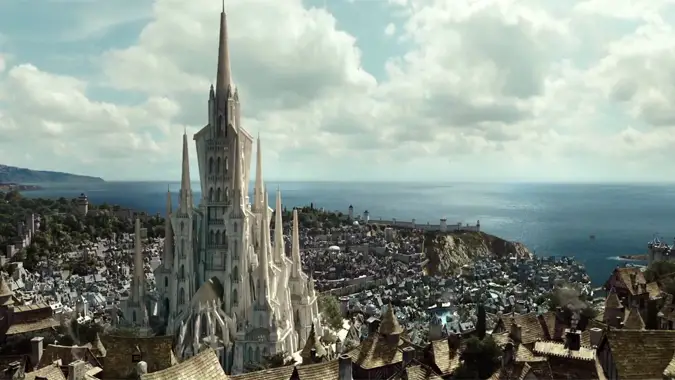
The history of the Kingdom of Stormwind is that of migration. The fall of the original Kingdom of Arathor into the nations that succeeded it — Lordaeron, Kul Tiras, Dalaran, Gilneas, Alterac and Stromgarde — led to the displacement of the original Arathi bloodline, the descendants of King Thoradin himself. Rather than accept the rulership of Ignaeus Trollbane’s line, or the former nobles who’d moved to Lordaeron, they chose another path.
Stormwind was founded almost 1200 years before the opening of the Dark Portal. Once the most distant and peripheral of Humanity’s Seven Kingdoms, today Stormwind is the center of Humanity on Azeroth — their strongest bastion, their refuge and fortress. And for many years, the Wrynn family has served Stormwind as her rulers, her Kings, and often as her martyrs.
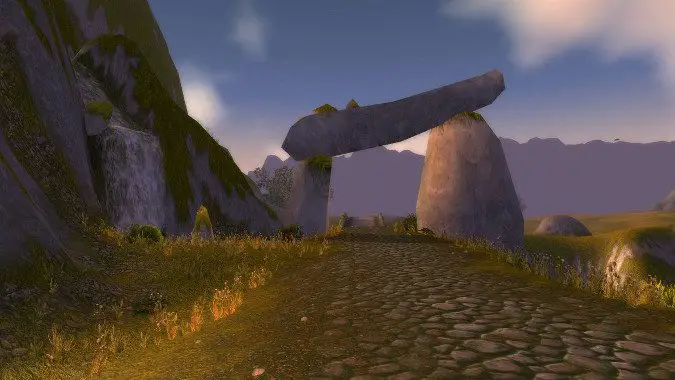
The Distant Past
We don’t know exactly how long it was between the Troll Wars and the exodus of Thoradin’s descendant, but it was at least 1600 years, as the Troll Wars took place 2800 years before the Dark Portal. It took hundreds of years for the empire born out of Thoradin’s efforts to spin itself apart. What we know is, following the Troll Wars, Thoradin stepped down from active rule in order to pursue the secrets behind the origins of Humanity and left his kingdom in the hands of his heirs.
These heirs came to realize over time that they were watching Thoradin’s empire collapse, slowly but surely. Upon his abdication and disappearance into the hills of what would become Lordaeron, Thoradin could lay claim to rulership over all of modern Gilneas, Alterac, Arathi Highlands, Lordaeron (both the Western and Eastern Plaguelands) and the islands of Tol Barad and Kul Tiras. He seems to have either not claimed the Hinterlands or to have been on friendly relations with the Dwarves, as little to no conflict arose between their two peoples.
But as time passed the nation of Arathor saw its people disperse. The first to go was Dalaran. It had never actually considered itself part of Arathor. A city of Mages, founded by those trained by the High Elves during the Troll Wars, Dalaran looked as much to Quel’thalas and its own interests as it did to Strom, Humanity’s capital city. In time, as settlements became towns and towns became cities, Strom found itself with other rivals. Gilneas City, Kul Tiras, and even magnificent Lordaeron (named for Lordain, Thoradin’s trusted general and a native of the area) came to rival or even exceed Strom, and the Trollbane line of rulers couldn’t keep the disparate parts of their nation on a unified path. Arathor didn’t die so much as it split apart, several new nations organized around city-states like Alterac born from its dissolution.
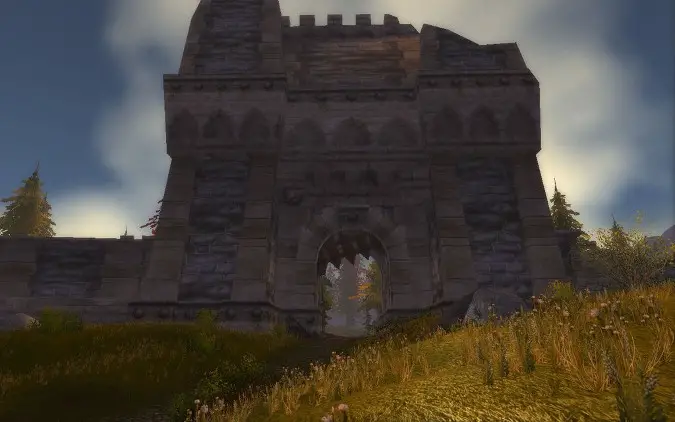
The Trip South
Not all of Strom’s former ruling dynasty were pleased to see what their ancestor had created fall apart. Once, Humanity had fought its way out of its tribal past and into a united nation, and to them it must have seemed as if they were going backwards, descending again into tribalism and disharmony. The Trollbane line retained their rule over Strom (now named Stromgarde) despite having presided over the destruction of Arathor, and the rebellious nobles who’d left the city to found Lordaeron were no better — every bit as fractious and squabble-hungry as their former rivals. Kul Tiras and Gilneas both tended towards isolationism, Alterac was an upstart land sitting at the center of several larger, more powerful states and the Perenolde line agitated constantly for more power and influence. None of these were concerned with what was being lost.
Thoradin’s descendants decided that there was no way to unite these squabbling cities into a whole Human nation again. So they didn’t try. Instead, they and as many as would follow them left what had been the cradle and home of Human power and headed south through what was at that time uncharted territory, including the Khaz Modan mountains, until they found a valley where they could build a home for themselves. Thus was Stormwind born.
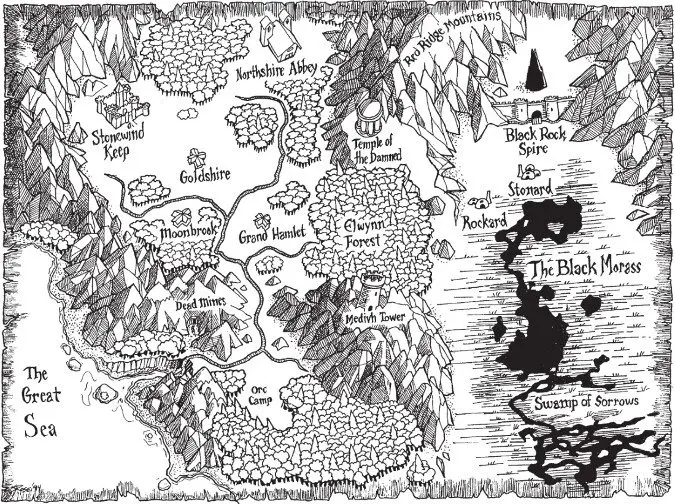
Stormwind Alone
The trip took many years — moving enough people through hostile mountainous territory to start a nation is no small endeavor — and we know little of the years after the former Arathi arrived in what is today Stormwind. The area was fertile and sheltered but there were threats. Hostile Gnolls abounded in the mountains of Redridge, there were fearsome Gurubashi Trolls to the south (as dangerous in their own way as the Arathi Trolls that their ancestors had clashed with back in the Troll Wars) and nature itself was a threat to be overcome. This they did, but it was no easy trek and no simple colony they founded.
While Lordaer0n, Gilneas, Kul Tiras and Alteract all clashed with Stromgarde for dominance in the north, Stormwind (also known at times as Stonewind) was left to its own devices. This is what they’d set out to accomplish, but it also meant that as the Gnolls and Trolls pressed on them, they had no one but themselves to rely upon. Slowly, they moved out from their initial settlement. Areas like Northshire, Redridge, Brightwood (today’s Duskwood), Elwynn and Westfall were all settled by homesteaders from Stormwind, which itself grew over the years.
We don’t know when, exactly, Landen Wrynn took the throne of Stormwind. We don’t even know if he was the founder of his house or simply one of many Wrynn kings that preceded him. But Landen is the first Wrynn we know of — father of Baratheon and thus Llane, Varian and Anduin all trace their throne back to him. It was Landen who was the visionary behind the modern conception of Stormwind, as much as the city might fail to live up to his ideals of central rulership of the surrounding areas.
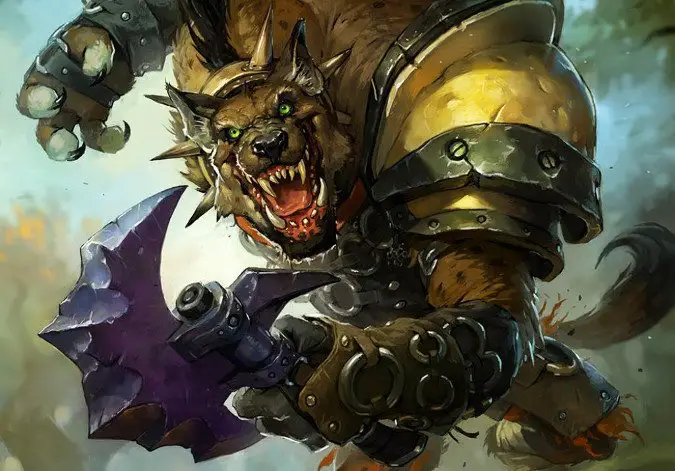
The Gnoll Wars
Landen’s son Baratheon would rule Stormwind from 75 years before the Dark Portal to 18 years before it opened, a reign of 57 years. Compared to that of his son Llane or his grandson Varian, it was a very long reign, but even so it wasn’t peaceful. Landen had spearheaded expansion on all sides of his Kingdom, including into Stranglethorn Vale and deep into Redridge. As a result, he made enemies, and those enemies would end up becoming his son’s troubles in years to come.
Amazingly, it wasn’t the Gurubashi Trolls who first bedeviled the Kingdom. Rather, it was the Gnolls. Over the years, as Landen’s knights had pushed them out of their prime hunting grounds, the Gnolls had slowly grown unified under one leader, a tribal conqueror named Packlord Garfang. Much like a furry version of Thoradin himself, Garfang and his Redridge pack had spent years unifying a number of Gnoll packs, either via crude diplomacy (“Join us and we’ll raid the Humans together”) or brute force. Now, at long last, he no longer had to tolerate the Humans’ expansion into Redridge.
Garfang and his Gnolls erupted out of the mountains many thousands strong, and while Stormwind and the Brotherhood of the Horse (an order of knights descended from Arathor’s finest) were more than a match for an equal number of Gnolls, they were very badly outnumbered by Garfang’s Gnoll host. Soon, the Gnolls had the armies of Stormwind penned up in the city and could raid settlements in Brightwood and Westfall at will, while Redridge itself was essentially wiped out for human habitation and Elwynn looked to be ready to join it.
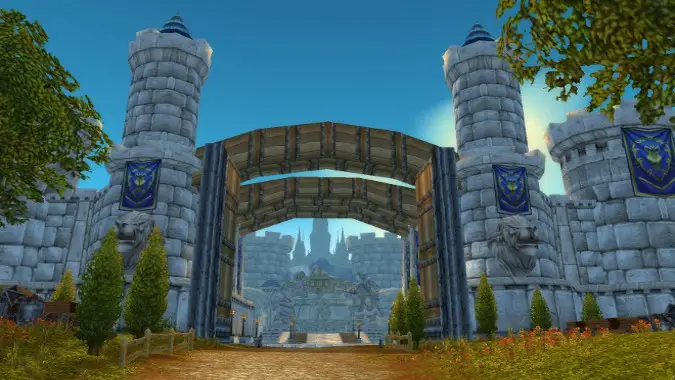
Adamant Baratheon Wrynn
Baratheon was very and fresh to rule when the Gnoll attacks began in earnest. He tried to reach out to his fellow Kings in the north, but much as the original founders of Stormwind had feared, they were too occupied in their struggles for power and position to aid an isolated land on the other side of the mountains. Baratheon and his people were on their own against a monstrous horde that greatly outnumbered them.
Rather than see any more of his people die while Stormwind’s armies couldn’t aid them, Baratheon conceived and executed a desperate, radical plan to defeat Garfang. He deliberately pulled more of his troops back, making it seem as though Stormwind was on the brink of collapse and goading Garfang into sending enough of his forces to seize the city once and for all. This, the Packlord did gladly, committing all but a few of his people to the assault. Yet Garfang was not willing to commit himself to it, and chose to wait in his camp in Redridge to hear news of the attack’s success.
As soon as the Gnolls were committed, Baratheon and a handpicked assortment of his knights rode for Redridge and Garfang’s camp. The Packlord had hoped to sit back and wait to hear of Baratheon’s death, and instead Baratheon and his men rode into the lightly defended camp to bring the war to Garfang. It was heavily fought, and many of Baratheon’s men died in the struggle, but in the end Baratheon was lucky and Garfang was not, dying at the young King’s hands. The Gnolls fell apart without their unifying leader and were soon pushed even further back, and Stormwind was the clear victor, growing more powerful and prosperous as a result. Baratheon’s people came to calling him “Adamant” for his courage and leadership during the war.
Stormwind also learned a lesson it would cherish perhaps too closely in the years to come — when they were in trouble, there was no point to asking the other Kingdoms for aid. Stormwind would have to fight alone.
Next week, the rule of Baratheon passes, and Llane Wrynn comes to power in a time of war, as the First War breaks out.
Please consider supporting our Patreon!
Join the Discussion
Blizzard Watch is a safe space for all readers. By leaving comments on this site you agree to follow our commenting and community guidelines.
 @MatthewWRossi
@MatthewWRossi



